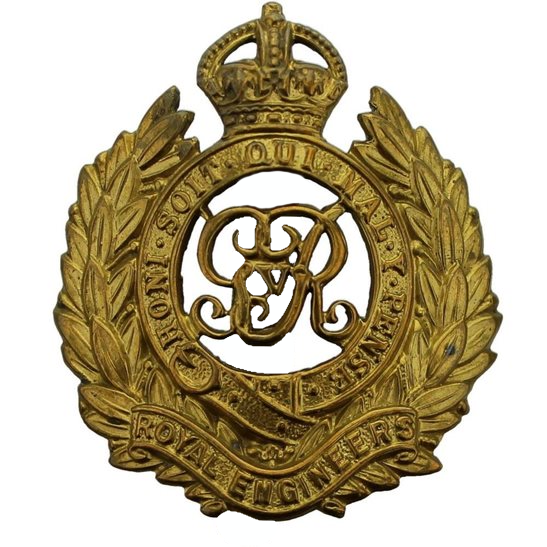Personal Details
Born: 22 July 1896
Family: Arthur married Gladys Theodora Clutton Quarter 4 1923 in Whitchurch, Shropshire. They had one son, Gerald William, born 1932 in Hendon, Middlesex.
Residence: At the time of the 1919 Autumn Absent Voter List Arthur`s address was Fountain House, Green End, Whitchurch, Shropshire. By 1939 he, his wife and son were living at 22 Tenterden Drive, Hendon, Middlesex. When he died in 1982 Arthur was living at Macknada, Canterbury Road, Lyminge, Folkestone, Kent.
Employment: In 1912 Arthur was working in Whitchurch in the postal service as a clerk. He was still working in the postal service in 1939 as a clerical worker for P.O. Telephones.
Died: 31 October 1982 in the Shepway Registration District, Kent, aged 86.
Military Details
Regiment: Royal Engineers
Rank: Sapper
Service Number: 432185 (previously T/7428)
Date of Enlistment: Not known
Date Of Discharge: Not known
Reason for Discharge: Not known
Arthur was awarded the Campaign Medals (British War Medal and Victory Medal).

The British War Medal (also known as 'Squeak') was a silver or bronze medal awarded to officers and men of the British and Imperial Forces who either entered a theatre of war or entered service overseas between 5th August 1914 and 11th November 1918 inclusive. This was later extended to services in Russia, Siberia and some other areas in 1919 and 1920. Approximately 6.5 million British War Medals were issued. Approximately 6.4 million of these were the silver versions of this medal. Around 110,000 of a bronze version were issued mainly to Chinese, Maltese and Indian Labour Corps. The front (obv or obverse) of the medal depicts the head of George V. The recipient's service number, rank, name and unit was impressed on the rim.
The Allied Victory Medal (also known as 'Wilfred') was issued by each of the allies. It was decided that each of the allies should each issue their own bronze victory medal with a similar design, similar equivalent wording and identical ribbon. The British medal was designed by W. McMillan. The front depicts a winged classical figure representing victory. Approximately 5.7 million victory medals were issued. Interestingly, eligibility for this medal was more restrictive and not everyone who received the British War Medal ('Squeak') also received the Victory Medal ('Wilfred'). However, in general, all recipients of 'Wilfred' also received 'Squeak' and all recipients of The 1914 Star or The 1914/1915 Star (also known as 'Pip') also received both 'Squeak' and 'Wilfred'. The recipient's service number, rank, name and unit was impressed on the rim.

